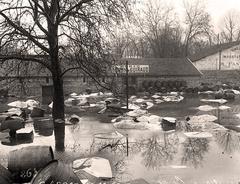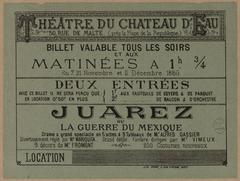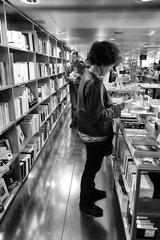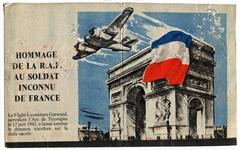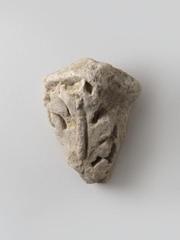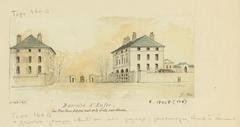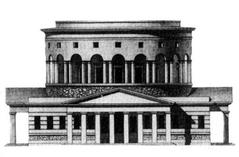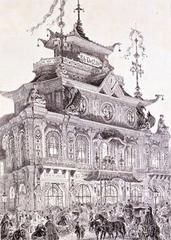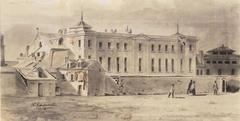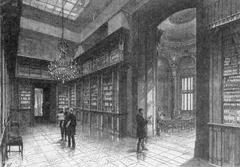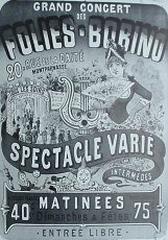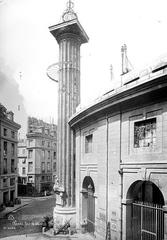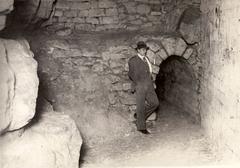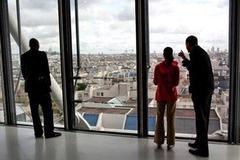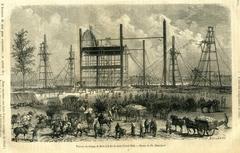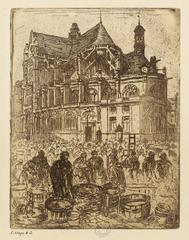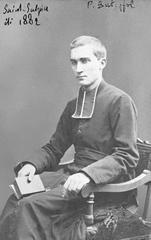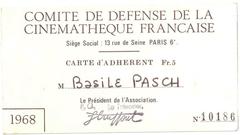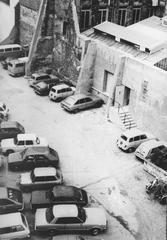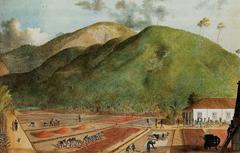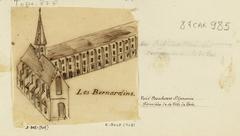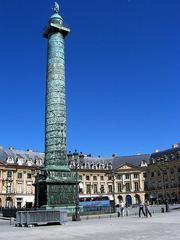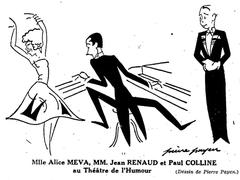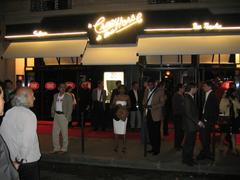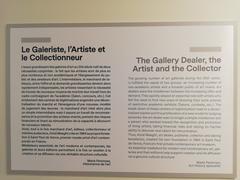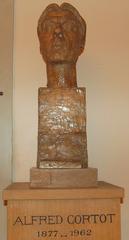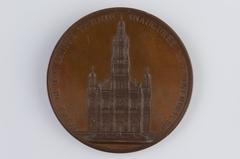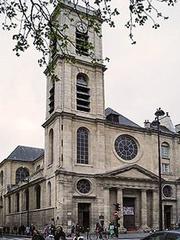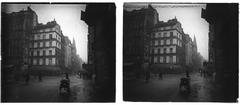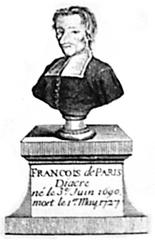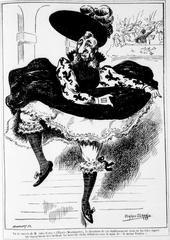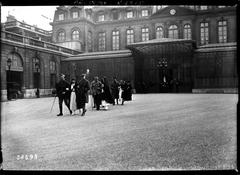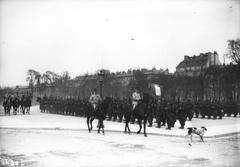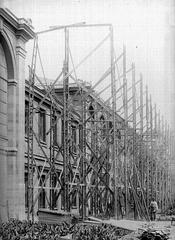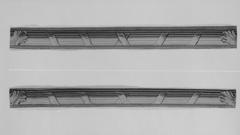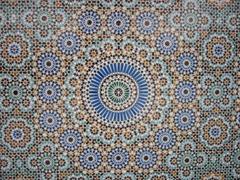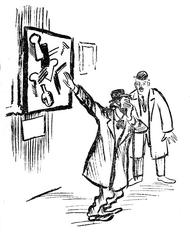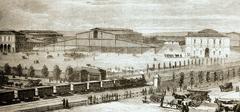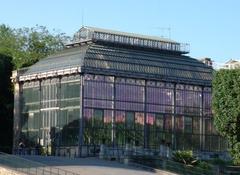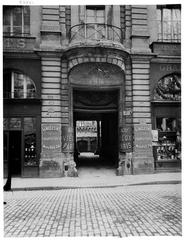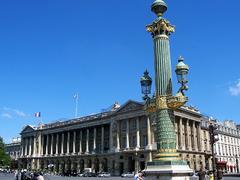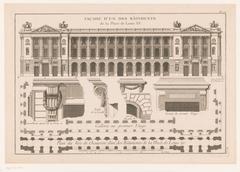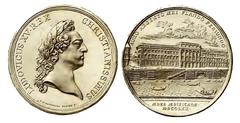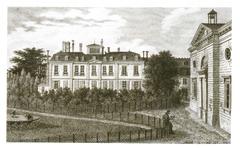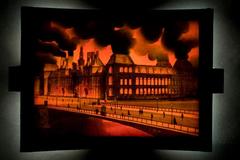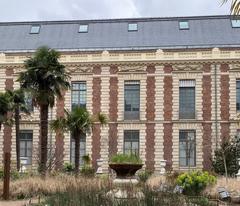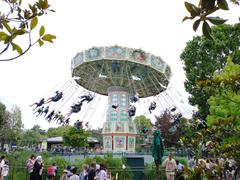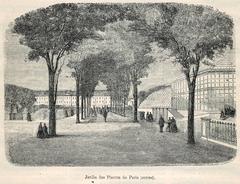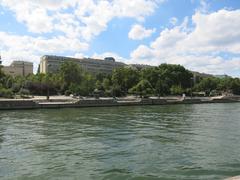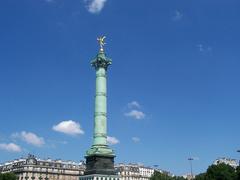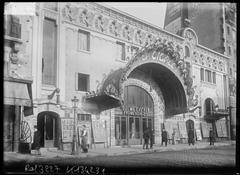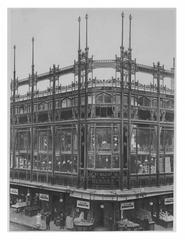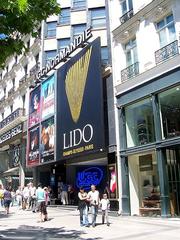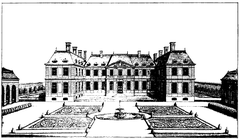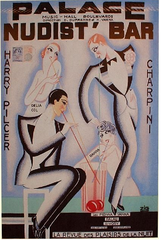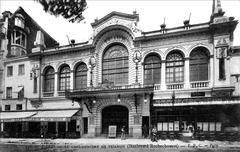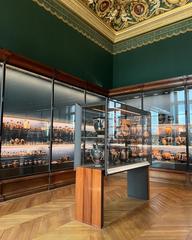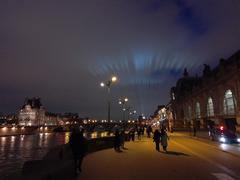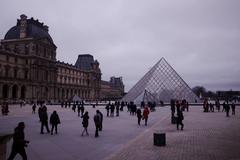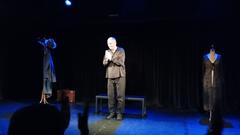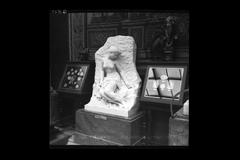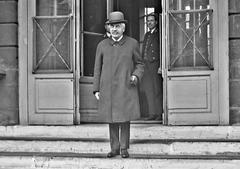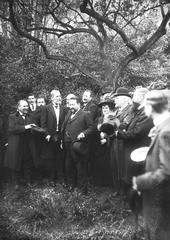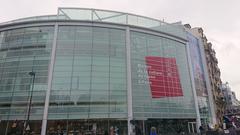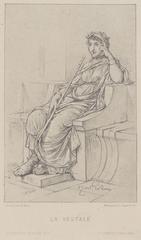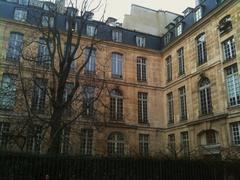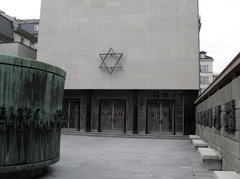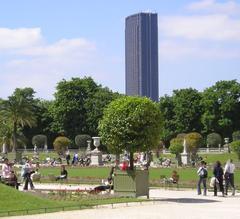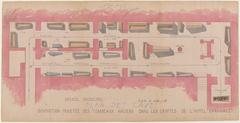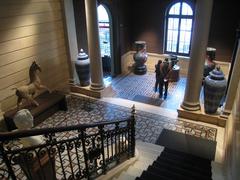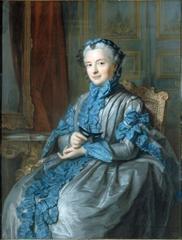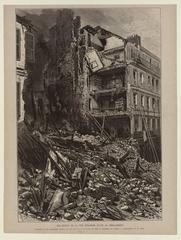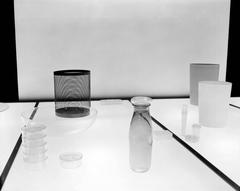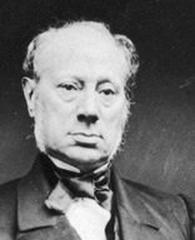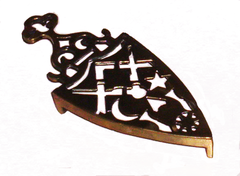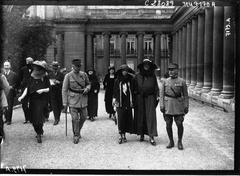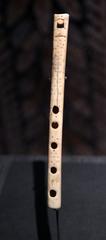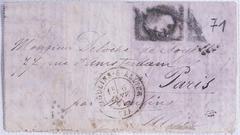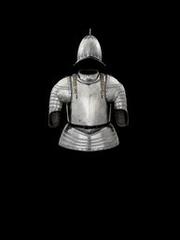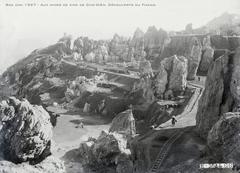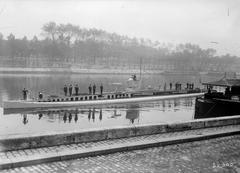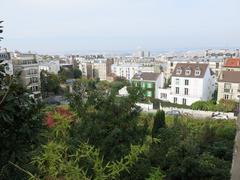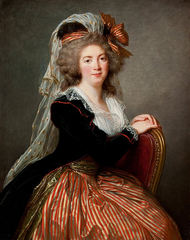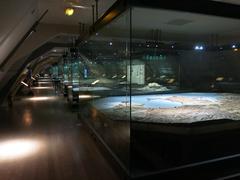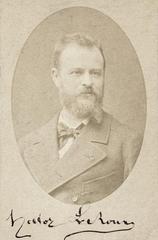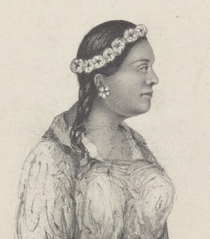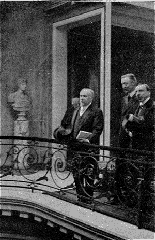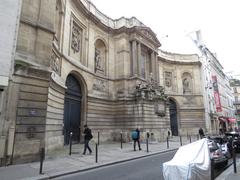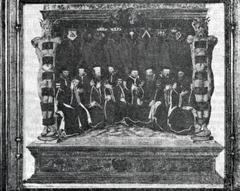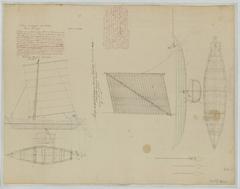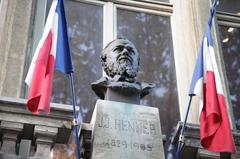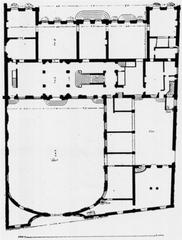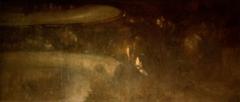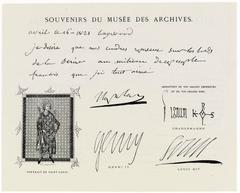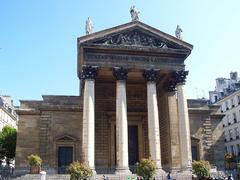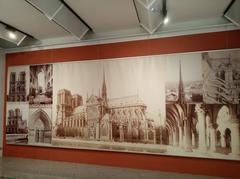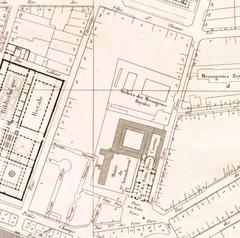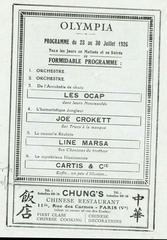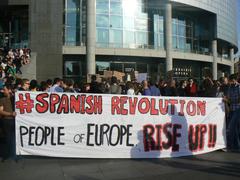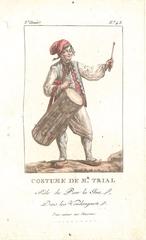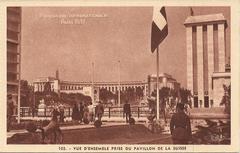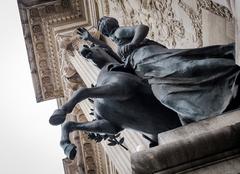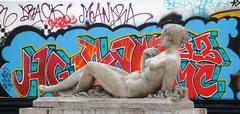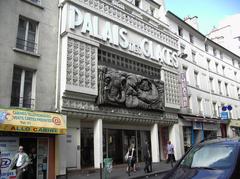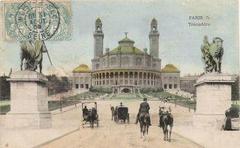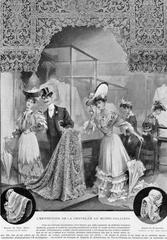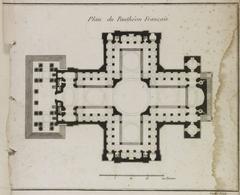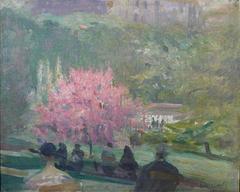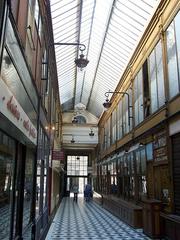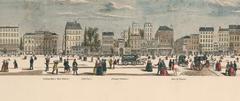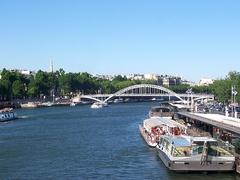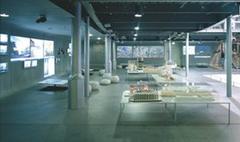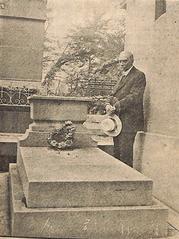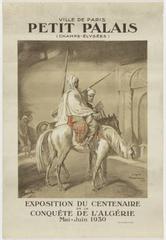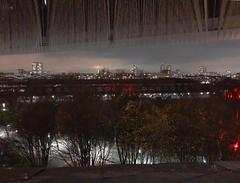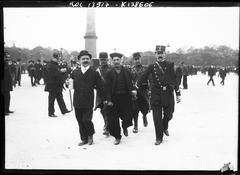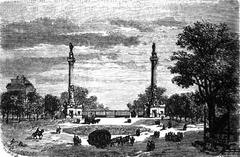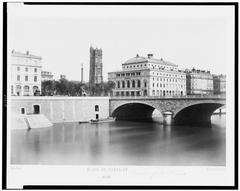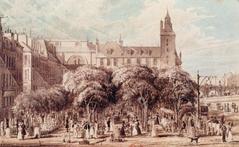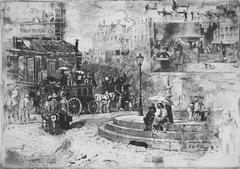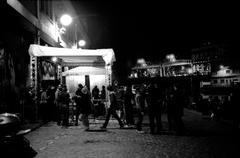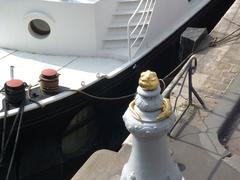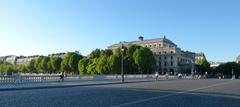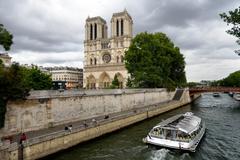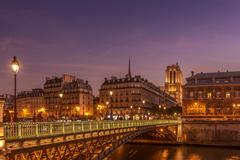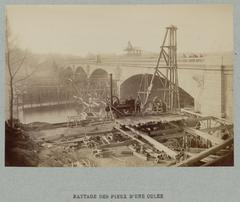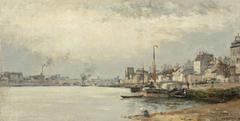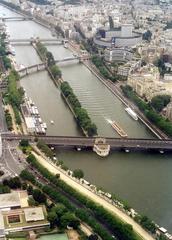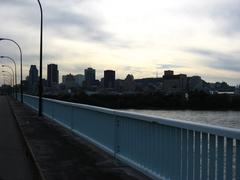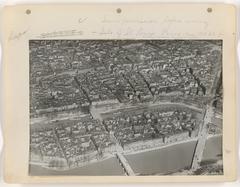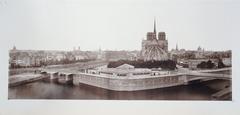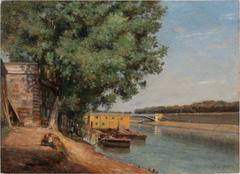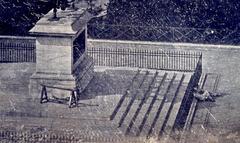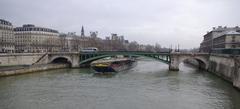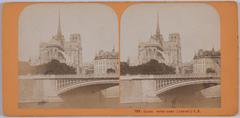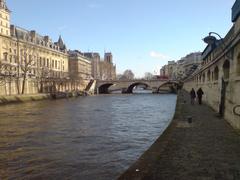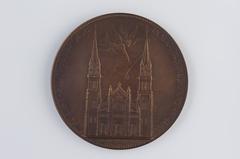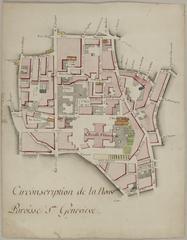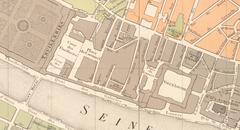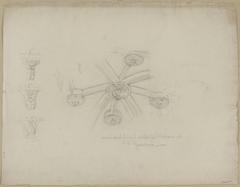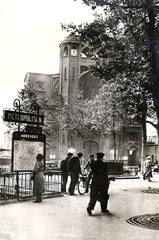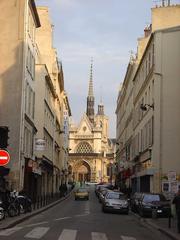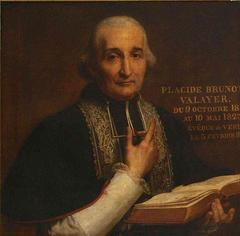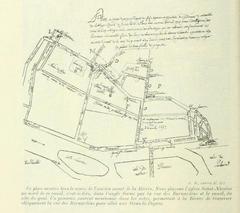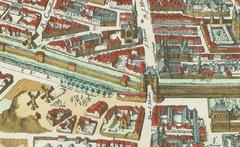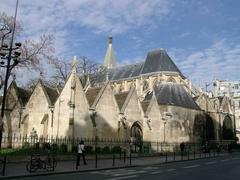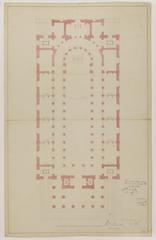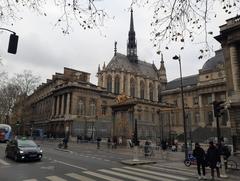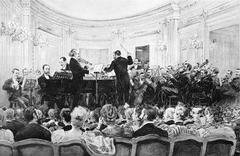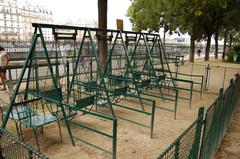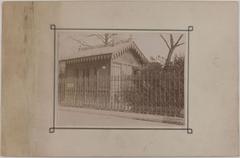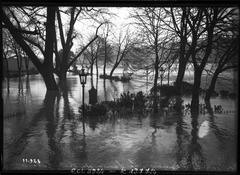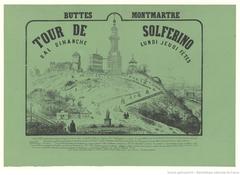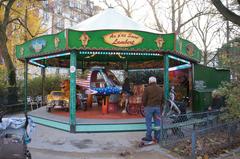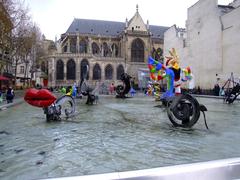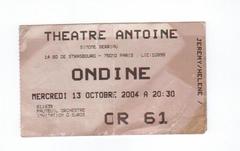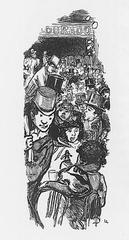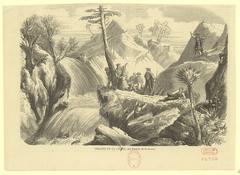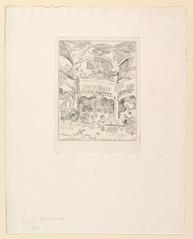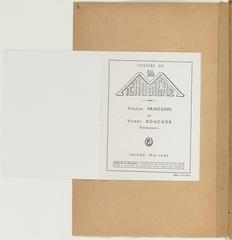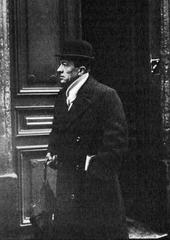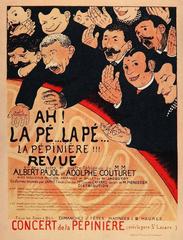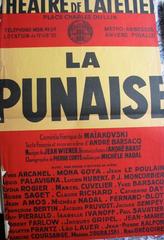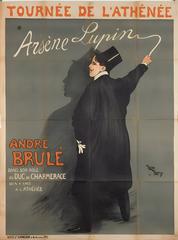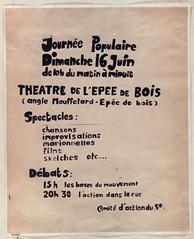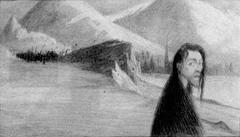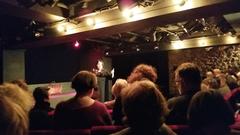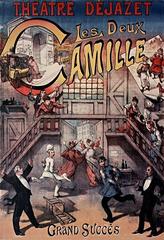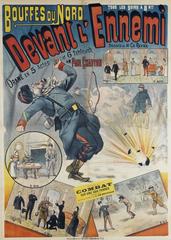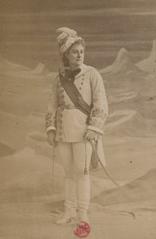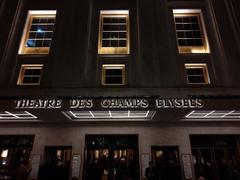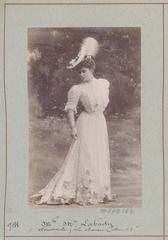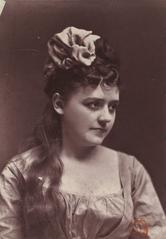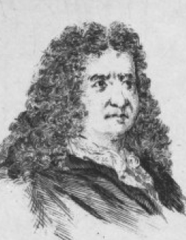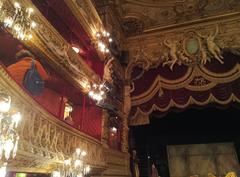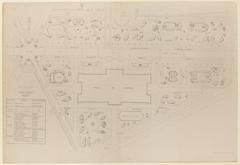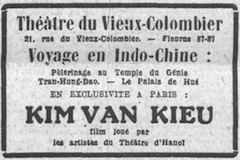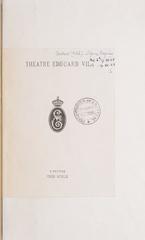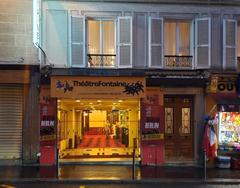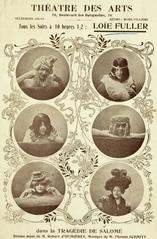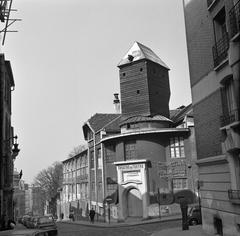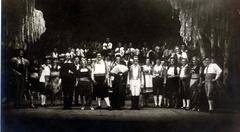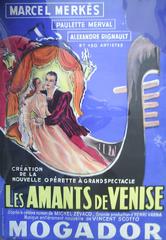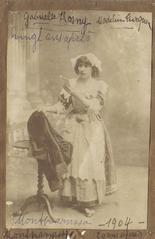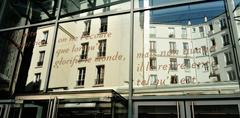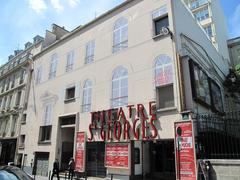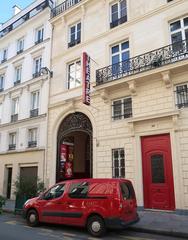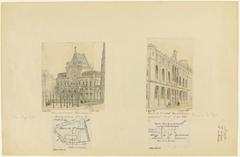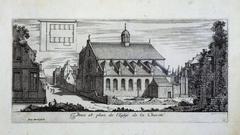Musée du Cinéma Henri Langlois: Visiting Hours, Tickets, and Paris Historical Sites Guide
Date: 03/07/2025
Introduction
The Musée du Cinéma – Henri Langlois, located within the Cinémathèque Française in Paris, is a cornerstone of cinematic history and heritage. Established through the efforts of Henri Langlois and Lotte H. Eisner in the 1930s, the museum is renowned for its pioneering role in film preservation and its comprehensive collections. Whether you’re a cinephile or a cultural explorer, this detailed guide provides all the information you need: from visiting hours and ticketing to collection highlights, accessibility, and nearby attractions. For the latest updates, always consult the official Cinémathèque française website. Supplementary insights can be found on the Block Museum and Paris Tourist Information sites.
Table of Contents
- History and Significance
- Visiting Information
- Highlights of the Permanent Collection
- Special Exhibitions and Events
- Visitor Experience
- Nearby Attractions
- Practical Tips
- Frequently Asked Questions (FAQ)
- Conclusion and Travel Tips
- References
History and Significance
Origins and Vision
The Musée du Cinéma Henri Langlois is deeply intertwined with the legacy of Henri Langlois, a pioneering archivist who, alongside Lotte H. Eisner, recognized the urgent need to protect the art of cinema from neglect and destruction. In 1936, Langlois co-founded the Cinémathèque Française, which quickly became one of the world’s most important film archives (Cinémathèque française - Wikipedia). Langlois’s approach was groundbreaking: he collected not only canonical masterpieces but also avant-garde, obscure, and international films, as well as technical equipment, posters, costumes, and scripts.
Wartime Preservation
During the German occupation of France in World War II, Langlois and his team risked their lives to secretly safeguard film reels and cinematic artifacts, rescuing them from Nazi destruction (Cinémathèque française - Wikipedia). Postwar, the institution flourished, becoming a hub for filmmakers, critics, and cinephiles, and influencing the rise of the French New Wave.
Evolution and Modernization
The museum’s collections expanded rapidly in the 1950s and 1960s, moving to the Palais de Chaillot and later into its current home—a striking Frank Gehry-designed building at 51 Rue de Bercy in the 12th arrondissement. Today, the Cinémathèque embodies France’s premier center for film preservation and research, offering state-of-the-art exhibition spaces and screening rooms (Cinémathèque française - Wikipedia).
Visiting Information
Hours
- Tuesday to Friday: 12:00 PM – 7:00 PM
- Saturday and Sunday: 11:00 AM – 7:00 PM
- Closed: Mondays and public holidays
Last admission is 30 minutes before closing. Hours may vary on special occasions; always check the official website.
Tickets
- General Admission: €12
- Reduced Admission (students, seniors): €8
- Free: Under 18s and the first Sunday of each month
- Advance Purchase: Recommended via the official Cinémathèque française website
Special exhibitions and screenings may require separate or combined tickets.
Accessibility and Amenities
- Fully wheelchair accessible (elevators, ramps, adapted restrooms)
- Audio guides and multilingual panels available
- Café offering light meals and refreshments
- Bookshop with film-related literature and memorabilia
- Cloakroom for coats and small bags (large bags/suitcases are not permitted)
- Free Wi-Fi in public areas
Getting There
- Address: 51 Rue de Bercy, 75012 Paris, France
- Metro: Bercy (Lines 6 and 14)
- Bus: Lines 24, 65, 87
- Parking: Public parking facilities nearby
Highlights of the Permanent Collection
The museum’s collections are among the most comprehensive in the world, featuring:
- Early Cameras and Projectors: Including the Lumière brothers’ cinematograph and rare pre-cinema devices such as magic lanterns and zoetropes (Northleg).
- Original Film Reels and Scripts: Restored classics and international productions (Paris Tourist Information).
- Costumes and Props: Iconic items worn by film legends like Charlie Chaplin and Marilyn Monroe, and props from beloved films.
- Posters and Photographs: Over a century of rare posters, production stills, and behind-the-scenes imagery.
- The Méliès Museum: Dedicated to Georges Méliès, featuring original devices, costumes, and set pieces from “A Trip to the Moon” (Paris Tourist Information).
- Film Literature and Documentation: Extensive archives of books, reviews, and press material (Northleg).
- Multimedia Exhibits: Interactive digital displays and regular film screenings.
Special Exhibitions and Events
The museum regularly hosts temporary exhibitions that spotlight directors, genres, or cinematic eras, often including never-before-seen artifacts and interactive displays. Additionally, the Cinémathèque organizes over 1,300 film screenings annually, retrospectives, lectures, and educational workshops (Paris Tourist Information).
Visitor Experience
Immersive Atmosphere
The museum’s scenography immerses visitors in cinematic history through evocative design—red velvet seats, subdued lighting, and thematic displays. The permanent exhibition is organized to encourage emotional engagement, with key objects and set pieces illustrating the evolution of film (Culturezvous).
Interactive and Educational Elements
While the museum is not heavily digital-interactive, it features tactile and visual experiences: handwritten notes by Langlois, set reconstructions, and educational workshops for students and families (Cityzeum).
Accessibility
The museum is fully accessible for visitors with mobility challenges and offers multilingual audio guides. For specific requirements, contact the museum ahead of your visit (Cinémathèque Française).
Nearby Attractions
- Parc de Bercy: A tranquil park beside the museum, perfect for a stroll.
- Bercy Village: A lively area with dining and shopping in historic wine warehouses.
- National Library of France: A short walk away.
- Eiffel Tower: Approximately a 15-minute metro ride.
- Other Cinematic Sites: Le Grand Rex and the Palais Garnier.
Practical Tips
- Arrive Early: Security checks may take time; arrive at least 30 minutes before your visit or screening.
- Travel Light: Only small bags are allowed; there is no storage for large luggage.
- Visit Duration: Allow 1.5 to 2 hours for the permanent collection; more if you attend screenings or exhibitions.
- Photography: Non-flash photography is generally permitted except in some temporary exhibitions.
- Check the Program: Review current exhibitions and film schedules on the official website.
Frequently Asked Questions (FAQ)
Q: How do I buy tickets?
A: Purchase online via the official website or at the entrance.
Q: Is the museum suitable for children?
A: Yes, with educational workshops and hands-on studios.
Q: Are guided tours available in English?
A: Yes, by prior reservation.
Q: Can I take photographs?
A: Photography without flash is allowed in most areas; some restrictions apply.
Q: Are there refreshments on site?
A: The museum café offers light meals and drinks.
Q: Is the museum accessible for wheelchairs?
A: Yes, with full accessibility features.
Conclusion and Travel Tips
The Musée du Cinéma – Henri Langlois is more than a museum—it is a living repository of cinematic art and innovation that has shaped global film culture. From its heroic origins through wartime struggles to its present-day, architecturally stunning home, the museum offers a profound journey through the history of film. With accessible facilities, engaging exhibitions, and a vibrant program of screenings and workshops, it welcomes visitors of all ages and backgrounds. Located near key Paris attractions, it is an essential addition to any cultural itinerary.
For up-to-date information on hours, tickets, and events, always check the official Cinémathèque française website. Enhance your visit by downloading the Audiala app for guided tours and follow the museum on social media for news and tips.
Immerse yourself in the world of cinema—where art, technology, and storytelling come together to inspire generations.
References
- Cinémathèque française - Wikipedia
- Block Museum
- Paris Tourist Information
- Cityzeum
- Culturezvous
- Northleg
